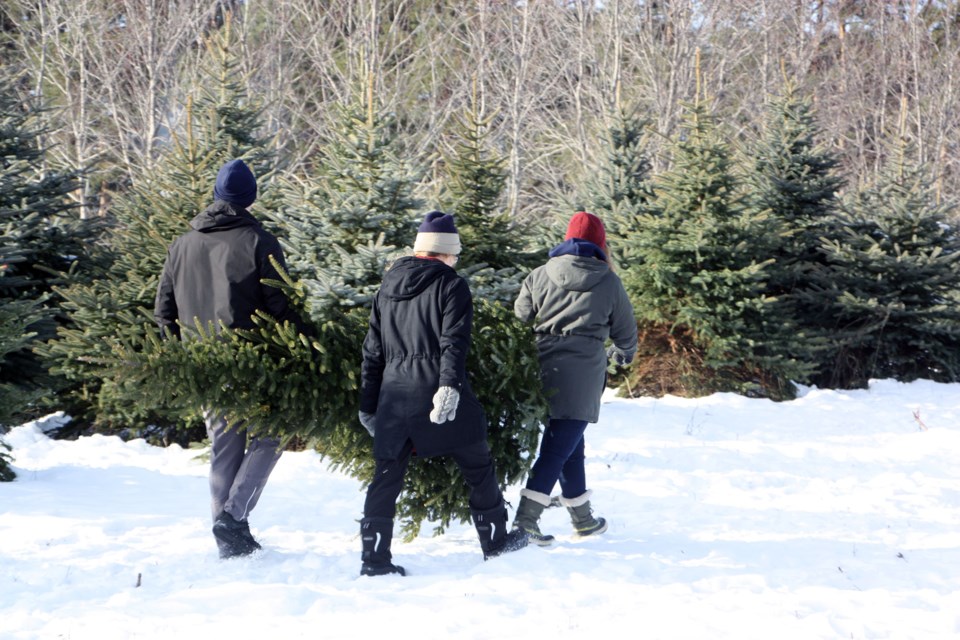Once you've finished enjoying your Christmas tree this year, instead of putting it on the curb for collection, consider the birds in your backyard.
The Nature Conservancy of Canada is encouraging those who opted for a real tree indoors this year to keep it around for the rest of the winter in the backyard.
A senior conservation biologist with the private land conservation non-profit, Dan Kraus, said leaving the tree in your backyard over the winter is beneficial to wildlife.
"Your tree can provide important habitat for bird populations during the winter months, especially on cold nights and during storms," said Kraus in a news release posted by the Conservancy.
If you'd like to keep the tree around, you can put it anywhere in your backyard, propped up or lying flat. If you're looking for some added activities, you can redecorate the tree, but this time with pinecones filled with peanut butter, strings of peanuts, and suet for birds. With those additions, you'll have created food and shelter for the birds that stick around all winter.
"Evergreens offer a safe place for birds to rest while they visit your feeder," said Kraus in the news release. "Another benefit is that if you leave the tree in your garden over the summer, it will continue to provide habitat for wildlife and improve your soil as it decomposes."
The Conservancy suggested you can cut up the tree in the spring after it has lost its needles and lay the branches where spring flowers are starting to emerge. There, the branches will provide habitat and shelter for wildflowers and help build up the soil. Essentially, it will mimic dead trees and branches in a forest.
Toads, insects, and bees look for wood to burrow into.
"By fall, the branches and trunk will begin to decompose and turn into soil," says Kraus. "Many of our Christmas trees, particularly spruce and balsam fir, have very low rot resistance and break down quickly when exposed to the elements. The more contact the cut branches and trunk have with the ground, the quicker it will decompose. Drilling holes in the tree trunk will speed up that process."
For more on the Nature Conservancy of Canada, visit the website here.
